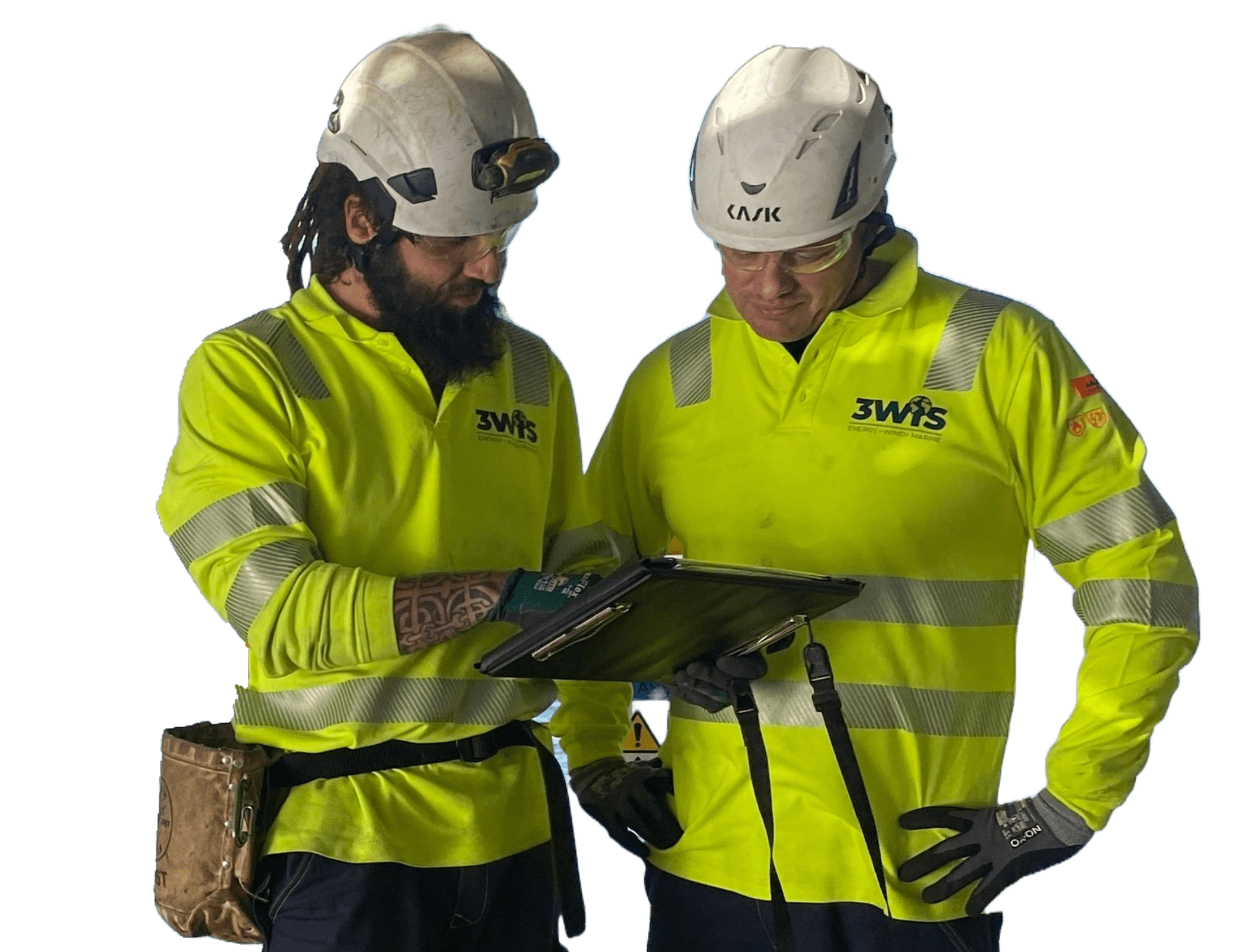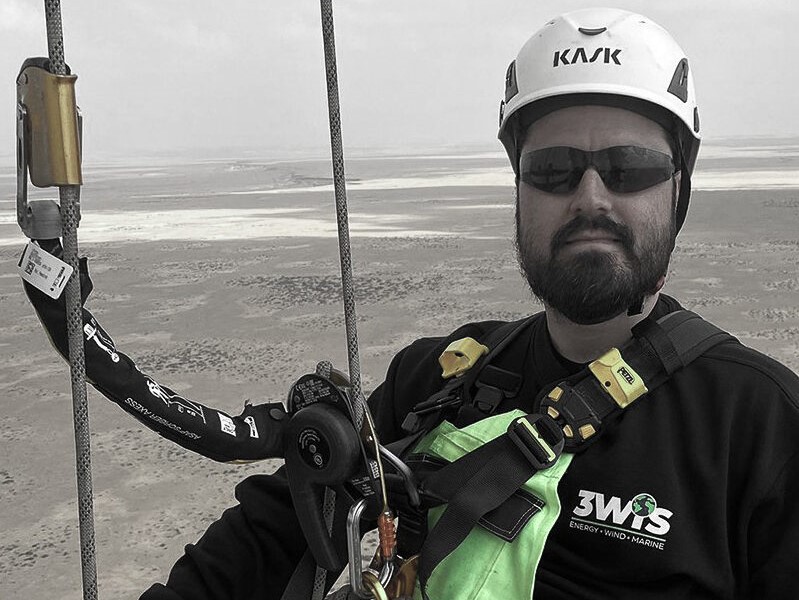Hydroform corrosion mapping is a method used to check wall and plate thickness and detect & assess corrosion in steel structures. This technique involves the use of a specialized probe that is designed to emit low-frequency ultrasound waves into the material being tested.
These waves propagate through the steel and interact with any corrosion present.
Hydroform corrosion mapping provides valuable information about the extent and severity of corrosion in steel structures without the need for destructive testing.
This method allows for early detection of corrosion, enabling timely maintenance and repair actions to prevent structural integrity issues.
This is a block of text. Double-click this text to edit it.
This is a block of text. Double-click this text to edit it.
Fluorescent coil magnetic testing, also known as magnetic particle testing, is a widely used non-destructive testing method for detecting surface and near-surface defects in steel structures and welded parts. It relies on the principle of magnetic induction to identify areas of concern.
Also used to detect flaws in larger surface areas of machinery and other components. Lowering down time of said machines. Steam turbine blades are among one of our previous projects.
After the application of the magnetic particles, the surface is inspected under ultraviolet light. The particles fluoresce, highlighting any indications of defects on the surface. This method allows for rapid and reliable detection of surface cracks, porosity, and other defects, making it particularly useful in weld inspection.
This is a block of text. Double-click this text to edit it.
Phased array ultrasonic testing (PAUT) is an advanced non-destructive testing technique that utilizes multiple ultrasonic elements to inspect steel structures and welded parts. PAUT offers superior imaging capabilities and increased flexibility compared to conventional ultrasonic testing.
In PAUT, a probe with multiple ultrasonic transducers is used to emit and receive ultrasonic waves. These transducers can be individually controlled and timed to produce beams of ultrasound that can be focused, steered, and electronically scanned. By manipulating the timing and amplitude of the signals, a range of inspection angles and focal depths can be achieved.
This is a block of text. Double-click this text to edit it.
At 3WIS we are also highly specialized in performing the more common methods of NDT, such as Ultrasonic Testing (UT), Penetrant Testing (PT), Magnetic Testing (MT) & Eddy Current Testing (ET).
These different non-destructive testing methods provide valuable insights into the condition and integrity of steel structures and welded parts without causing damage. Each method has its strengths and limitations, and the selection of the appropriate technique depends on the specific requirements of the inspection and the type of defects being targeted.


